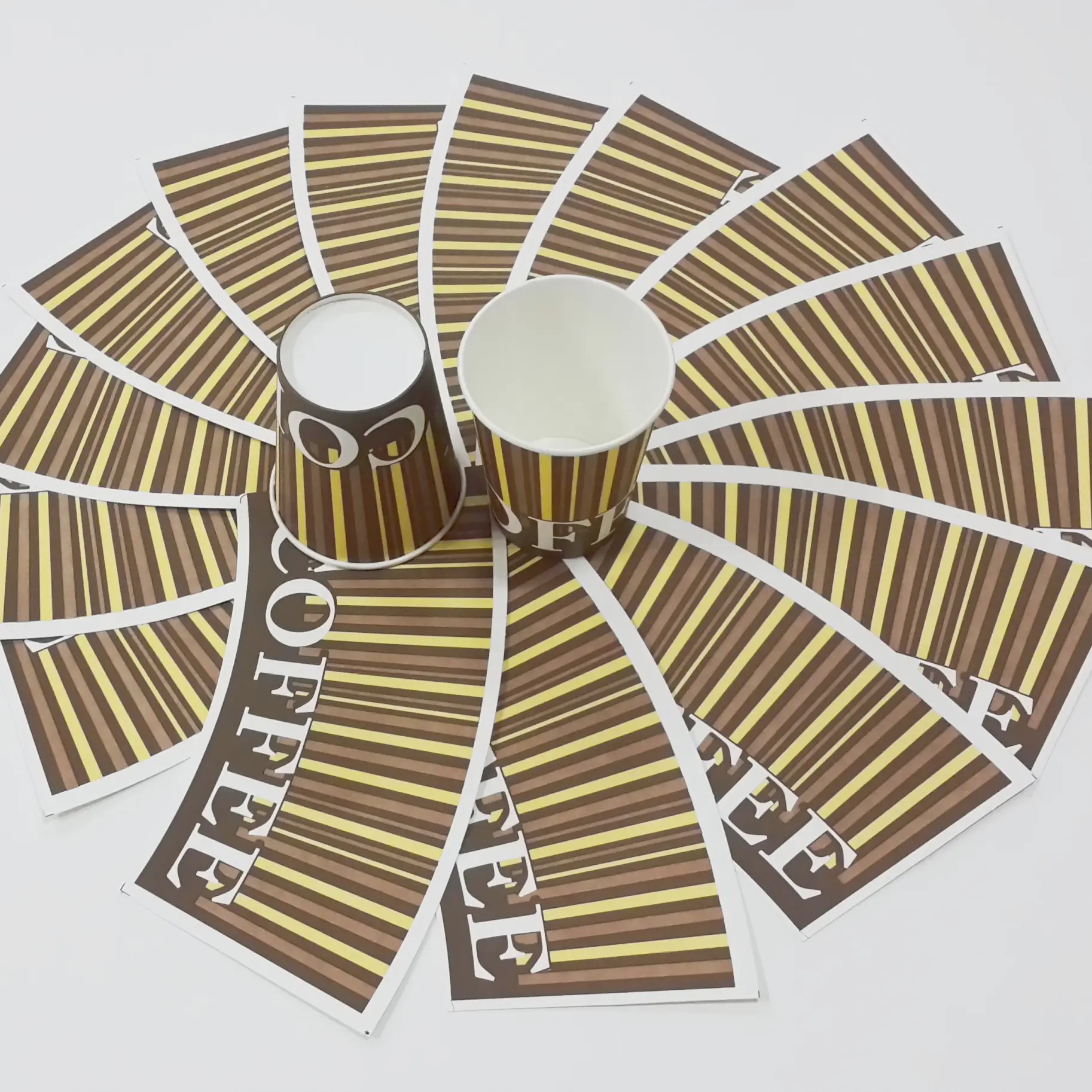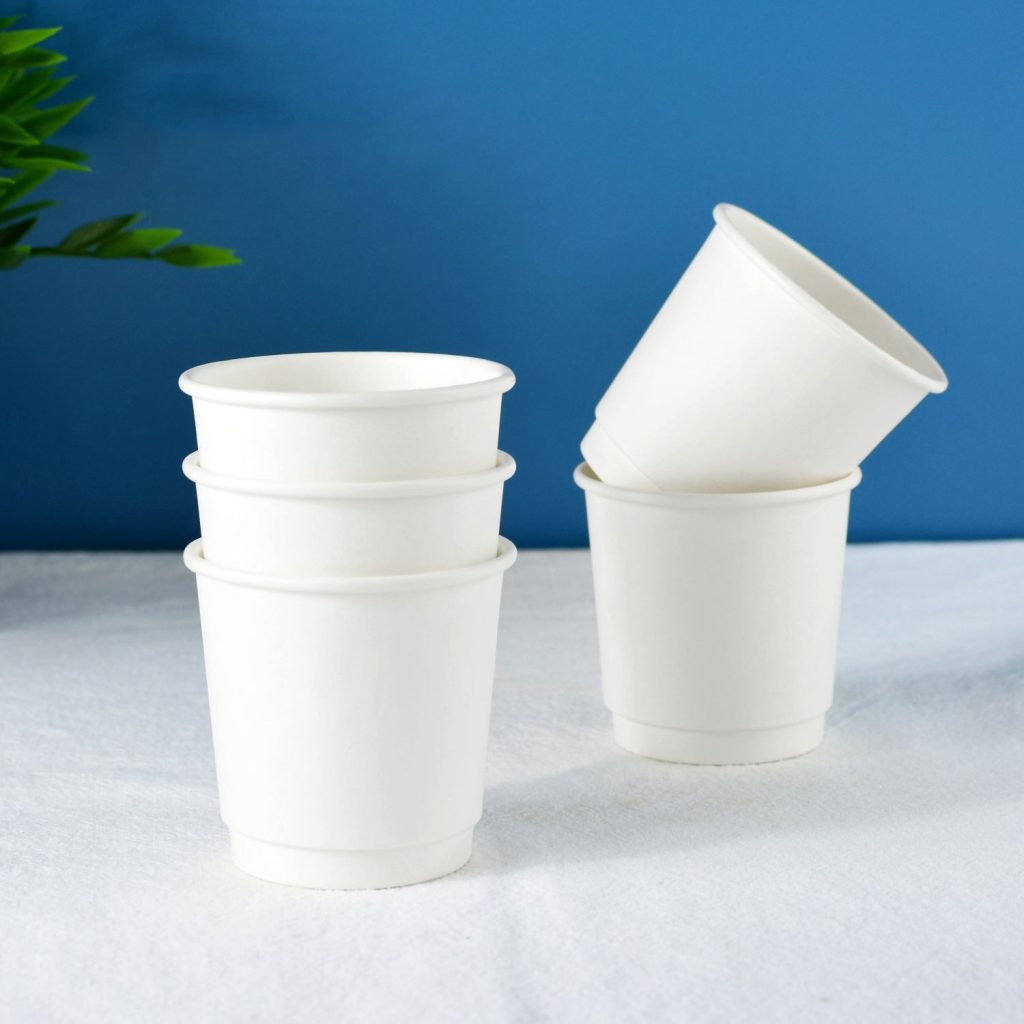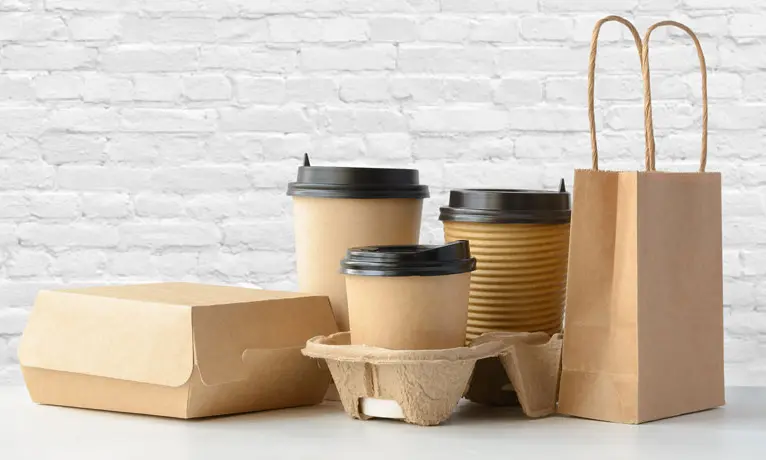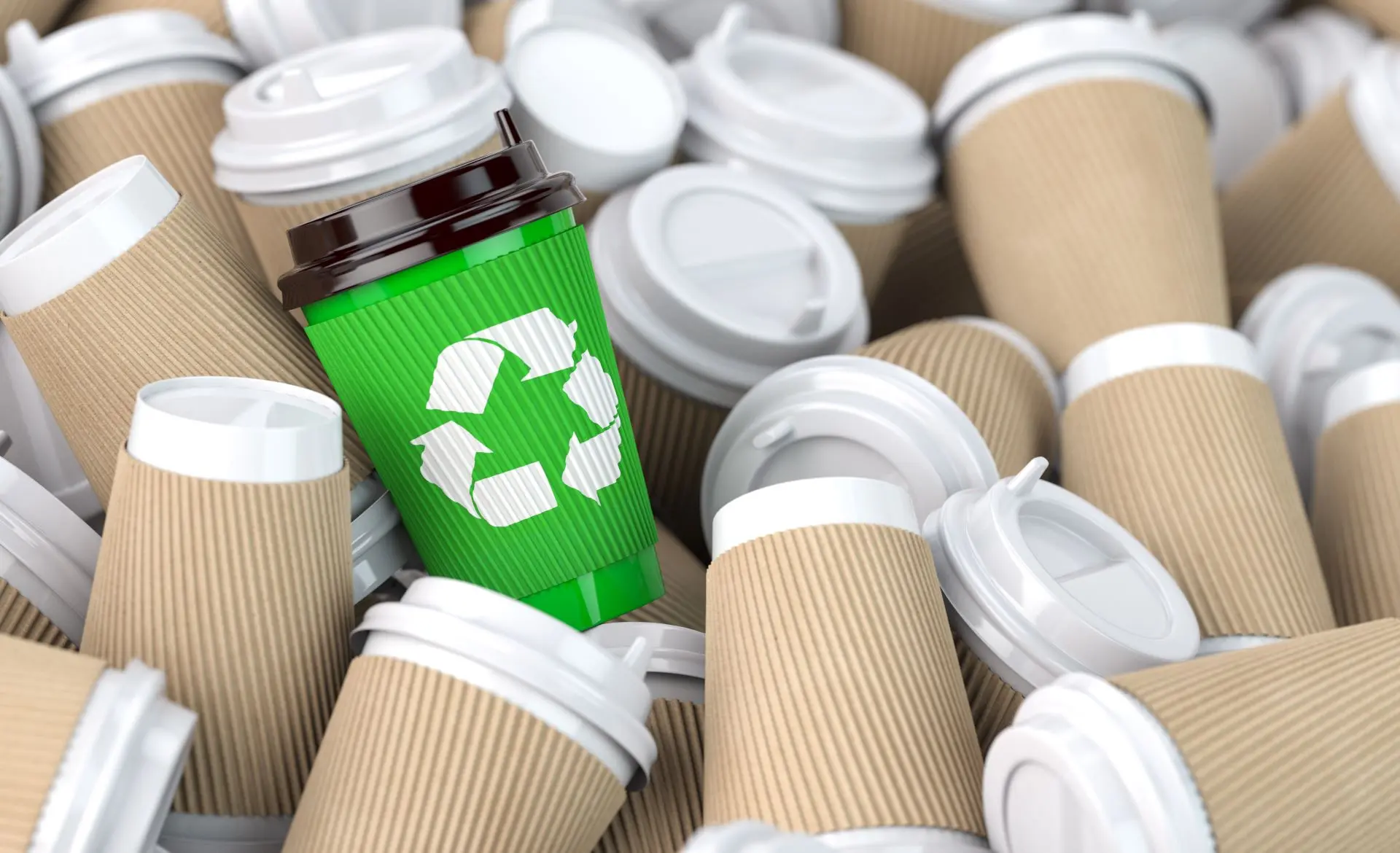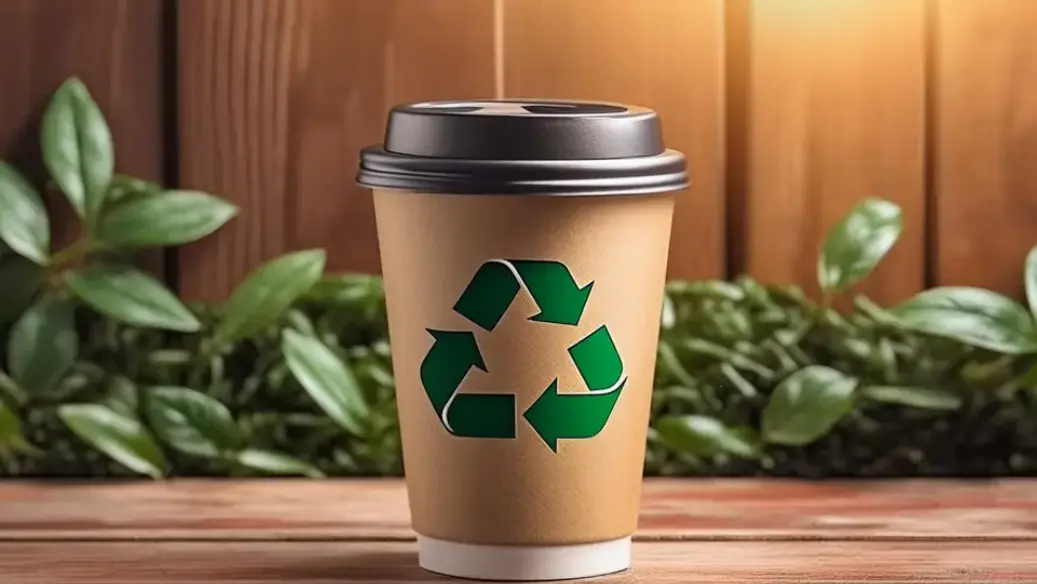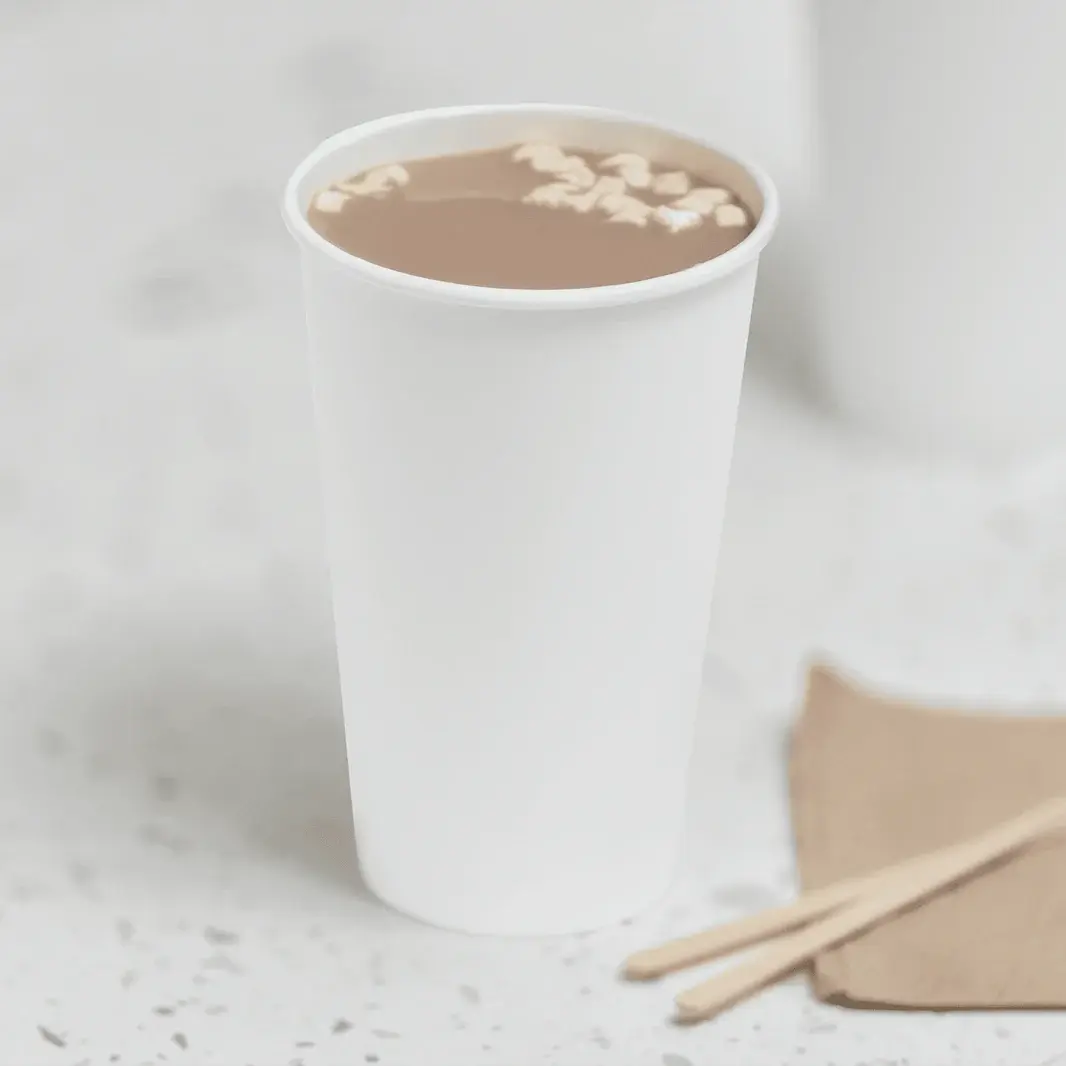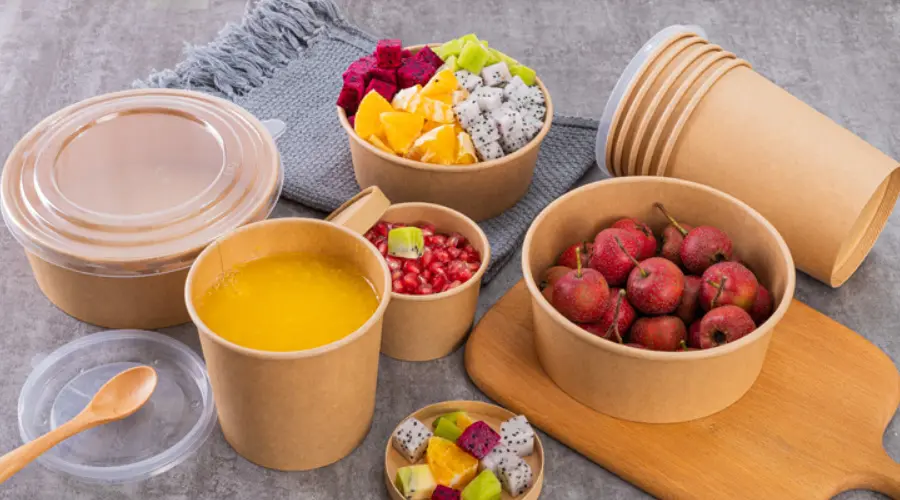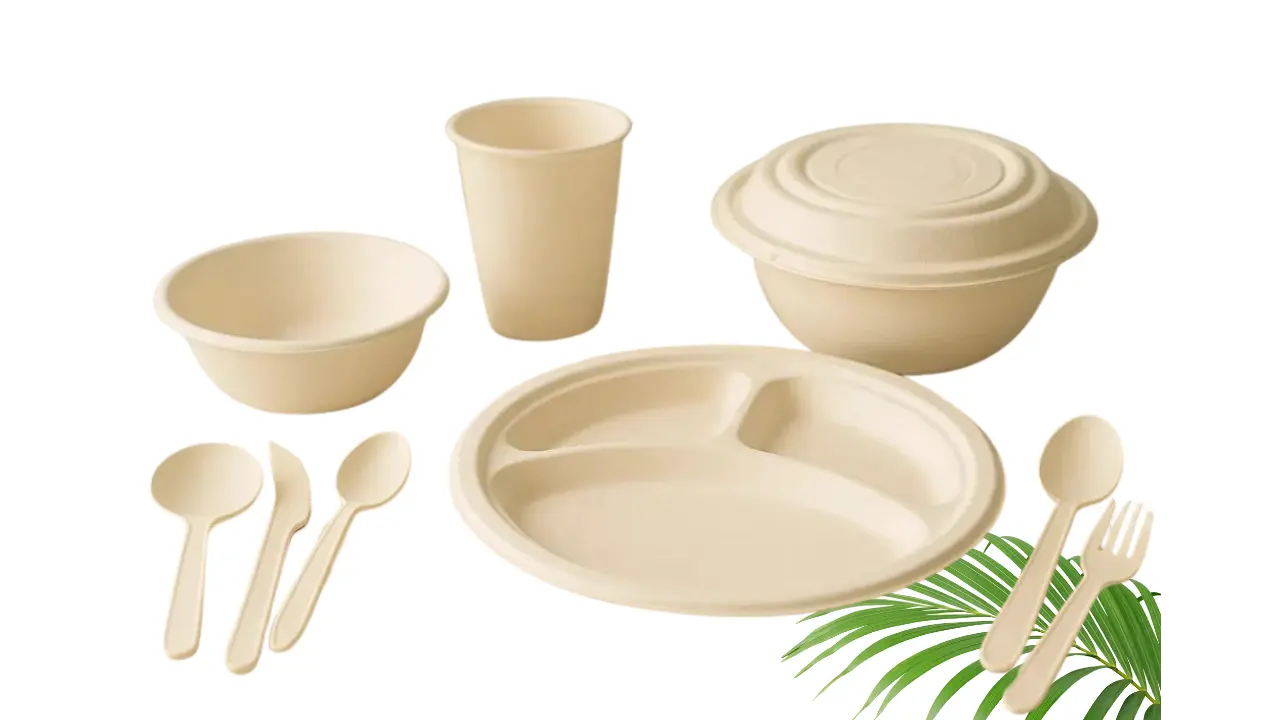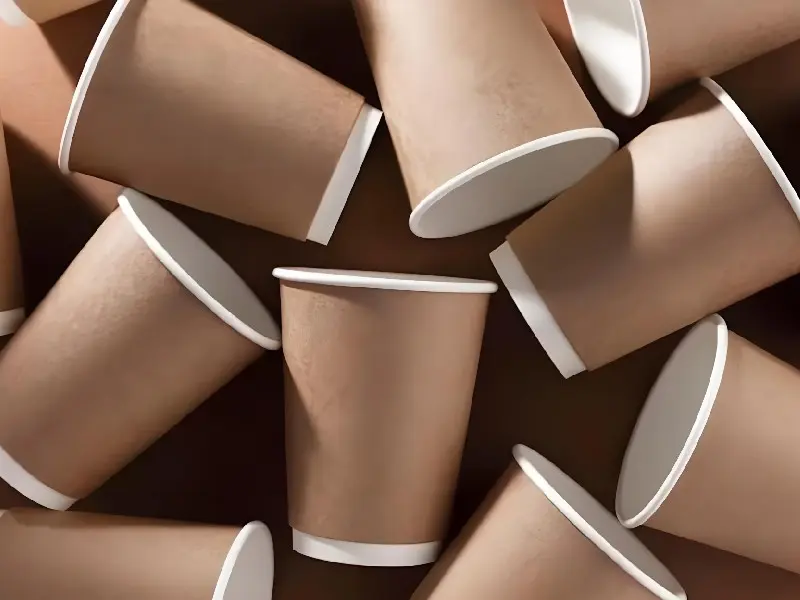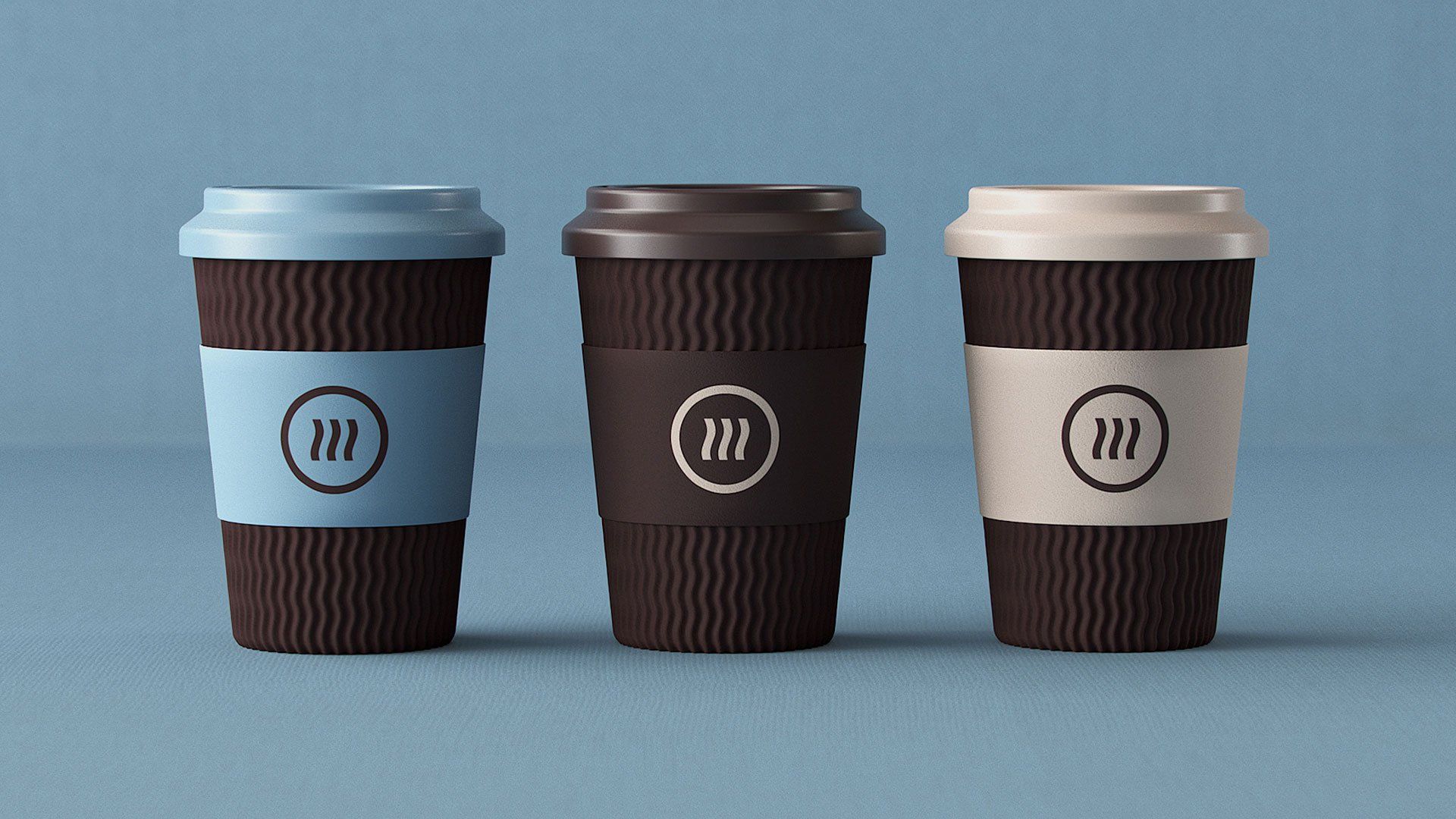How many times can you reuse a paper coffee cup?
Reusing Paper Cups provides significant environmental benefits. Lifecycle analysis demonstrates that reusing a paper cup reduces the need for additional manufacturing cycles, saving energy and water. Data shows that this practice can cut greenhouse gas emissions by almost 70%. So,how many times can you reuse a paper coffee cup? Understanding this helps determine the total environmental impact of choosing to reuse paper cup options.
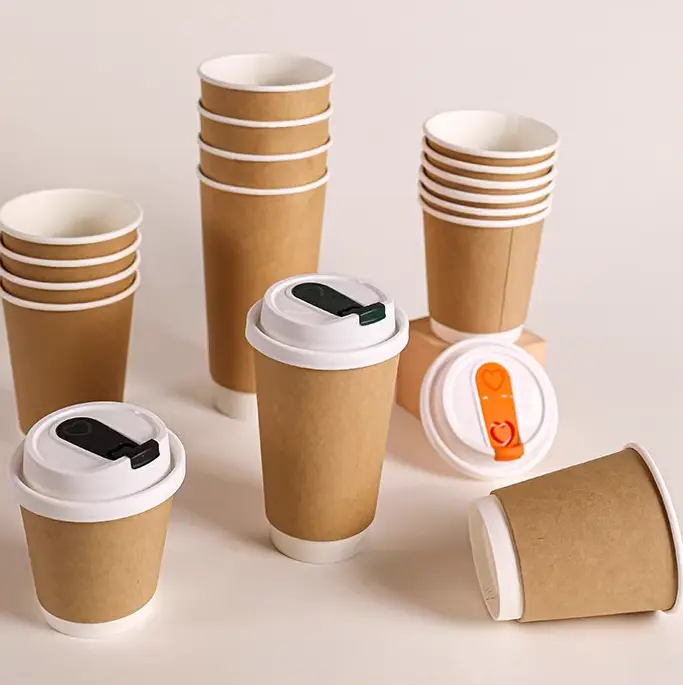
Key Takeaways
- Reusing paper cups cuts waste and saves resources by reducing the need for new cups, which lowers pollution and greenhouse gas emissions.
- Standard paper cups have limits for reuse due to durability and health risks from coatings that can release harmful chemicals and microplastics.
- Proper cleaning and creative repurposing of paper cups help reduce health risks and extend their life, supporting eco-friendly habits.
Environmental Impact of Reuse Paper Cup
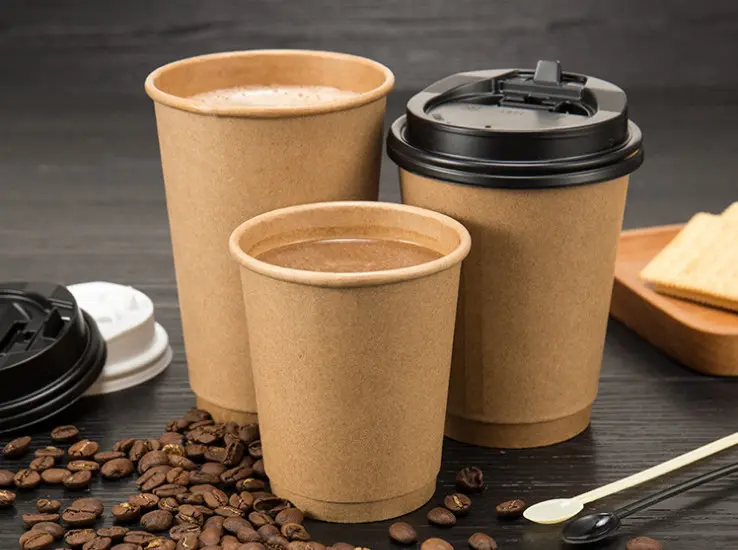
Waste Reduction and Landfill Impact
Single-use paper cups contribute to a massive waste problem worldwide. Every year, billions of disposable cups end up in landfills, where they take decades to decompose. Most recycling facilities cannot process these cups because of their plastic lining, so nearly all of them become landfill waste.
- Starbucks produces over 4 billion disposable cups annually.
- The UK discards about 2.5 billion Coffee Cups each year.
- Vancouver, Canada throws away approximately 2.6 million paper cups every week.
- China sells around 10 billion single-use paper cups annually, with very low recycling rates.
- In the United States, over 50 billion disposable coffee cups are discarded each year, with only about 1% recycled.
Using a reuse paper cup prevents single-use cups from entering landfills, directly reducing the total volume of waste. This practice also lessens environmental impacts related to production and disposal, such as deforestation and pollution. The plastic lining in disposable cups persists for decades, releasing microplastics and methane gas during decomposition. By choosing to reuse paper cup options, individuals and businesses can help slow the accumulation of waste and reduce long-term environmental harm.
Resource Use and Carbon Footprint
Manufacturing a single paper cup requires significant resources. The process uses wood pulp, paper fibers, additives, and chemicals. Water plays a major role in breaking down wood fibers and applying coatings. Energy is needed for pulping, forming, and shaping the cups under heat and pressure. The polyethylene coating, while making the cup waterproof, complicates recycling and adds to the environmental footprint.
- Raw materials: Wood pulp, paper fibers, additives, chemicals.
- Water: Used extensively in pulping and coating processes.
- Energy: Required for pulping, forming, and coating.
- Coatings: Polyethylene, polylactic acid, and wax.
When people reuse paper cup options, they reduce the demand for new cups and save these resources. Fewer cups produced means less water and energy consumed, and fewer raw materials harvested. This reduction also lowers greenhouse gas emissions from manufacturing and transportation. The environmental impact of recycling paper cups remains high because the plastic lining makes separation inefficient and costly. Most cups end up in landfills, where the plastic persists for decades.
| Resource Type | Used in Manufacturing | Impact of Reuse Paper Cup |
|---|---|---|
| Wood pulp | Yes | Reduced demand |
| Water | Yes | Lower consumption |
| Energy | Yes | Fewer emissions |
| Plastic coating | Yes | Less landfill waste |
Durability and Limitations
While reusing paper cup options offers environmental benefits, durability and safety present major challenges. Paper cups have thin walls that soften and lose strength when exposed to hot liquids for extended periods. The waterproof coatings can degrade or release harmful chemicals, especially under heat. Low-quality cups may contain inks or whitening agents that leach into beverages, posing health risks.
- Paper cups often become soggy or collapse after repeated use.
- The plastic lining may contain substances like BPA, which can leach into hot drinks.
- Limited insulation causes the cup surface to become hot and beverages to cool quickly.
- These factors restrict the suitability of paper cups for reuse, as durability and safety cannot be guaranteed beyond single use.
Innovations in cup design now allow some paper cups to withstand over 500 uses, supporting sustainability and cost-effectiveness. However, most standard paper cups remain unsuitable for repeated use. Businesses and governments encourage the adoption of reusable cup programs, but widespread change requires improved cup durability and better consumer education.
Health and Practical Risks of Reuse Paper Cup
Potential Health Risks
Reusing paper cups introduces several health concerns. Most paper cups contain a polyethylene coating that releases microplastics into beverages, especially when exposed to hot liquids. Microplastics can accumulate in the body and have links to heart disease, cerebral thrombosis, and Parkinson’s disease. Fluorescent brighteners, added to make cups appear whiter, may cause cell mutations and increase cancer risk. Harmful chemicals such as BPA and styrene leach from plastic linings when heated, raising the risk of toxic exposure. Scientific studies reveal that reused paper cups can release tens of thousands of microplastic particles and toxic heavy metals like lead, chromium, and cadmium into drinks. These contaminants, along with ions such as fluoride and nitrate, originate from the plastic lining and additives, posing risks of endocrine disruption and toxicity.
- Polyethylene coatings release microplastics.
- Fluorescent brighteners may cause cell mutations.
- BPA and styrene leach into hot beverages.
- Heavy metals and chemical ions increase toxicity.
Safe and Effective Ways to Reuse Paper Cups
Proper cleaning methods help reduce health risks when reusing paper cups. Immediate washing with warm water prevents stains and odors. Regular hand washing with mild detergent and a soft sponge protects the cup’s insulation and lid. For stubborn stains, a paste of baking soda and water works well. Soaking in vinegar and baking soda deodorizes the cup. Complete drying after cleaning prevents moisture buildup. Inspection for cracks or loose parts ensures safety. Storing cups in a clean, dry place and avoiding stacking preserves their structure.
| Cleaning Agent | Cleaning Method | Effectiveness on E. coli Removal | Notes on Practicality and Limitations |
|---|---|---|---|
| Bleach (0.52%) | All methods | Complete removal | Requires dilution and caution |
| Vinegar (5%) | All methods | Complete removal | Acidic pH, scrubbing recommended |
| Soapy water | Scrubbing + soaking | Partial removal | Not fully effective alone |
| Boiled water | Soaking (5 min) | Effective with soaking | Risk of burns |
| Scrubbing alone | Any agent | Less effective | Needs disinfectants |
Tip: Soaking for five minutes with bleach or vinegar provides the best results for removing bacteria.
Creative Alternatives to Reuse Paper Cup
Individuals can repurpose used paper cups for non-drinking uses, reducing waste and promoting sustainability. Cleaned cups serve as plant pots for herbs or seedlings. Bird feeders made from paper cups attract wildlife to gardens. Storage containers for pens, cotton buds, or makeup help organize spaces and can be decorated for personalization. Cups work well for crafts such as decoupage, fairy lights, or art projects. They also function as paint pots for children, minimizing mess and simplifying cleanup. These creative uses extend the life of paper cups and support eco-friendly habits.
- Plant pots for herbs and seedlings
- Bird feeders for outdoor spaces
- Storage containers for small items
- Craft projects and art supplies
- Paint pots for children’s activities
Reusing paper cups reduces landfill waste, pollution, and resource use. Individuals can choose compostable or recyclable cups, bring reusable tumblers, and support innovative materials.
Small changes, like choosing to reuse paper cup options, help protect the environment and promote long-term sustainability.
FAQ
How many times can someone safely reuse a paper cup?
Most standard paper cups withstand one or two uses. Specialized reusable paper cups last for hundreds of uses with proper care.
Are compostable paper cups better for the environment?
Compostable paper cups break down faster than traditional cups. They still require industrial composting facilities for proper disposal.
What is the best alternative to reusing paper cups?
Stainless steel or glass tumblers offer the safest and most durable option. They reduce waste and avoid chemical leaching into beverages.

